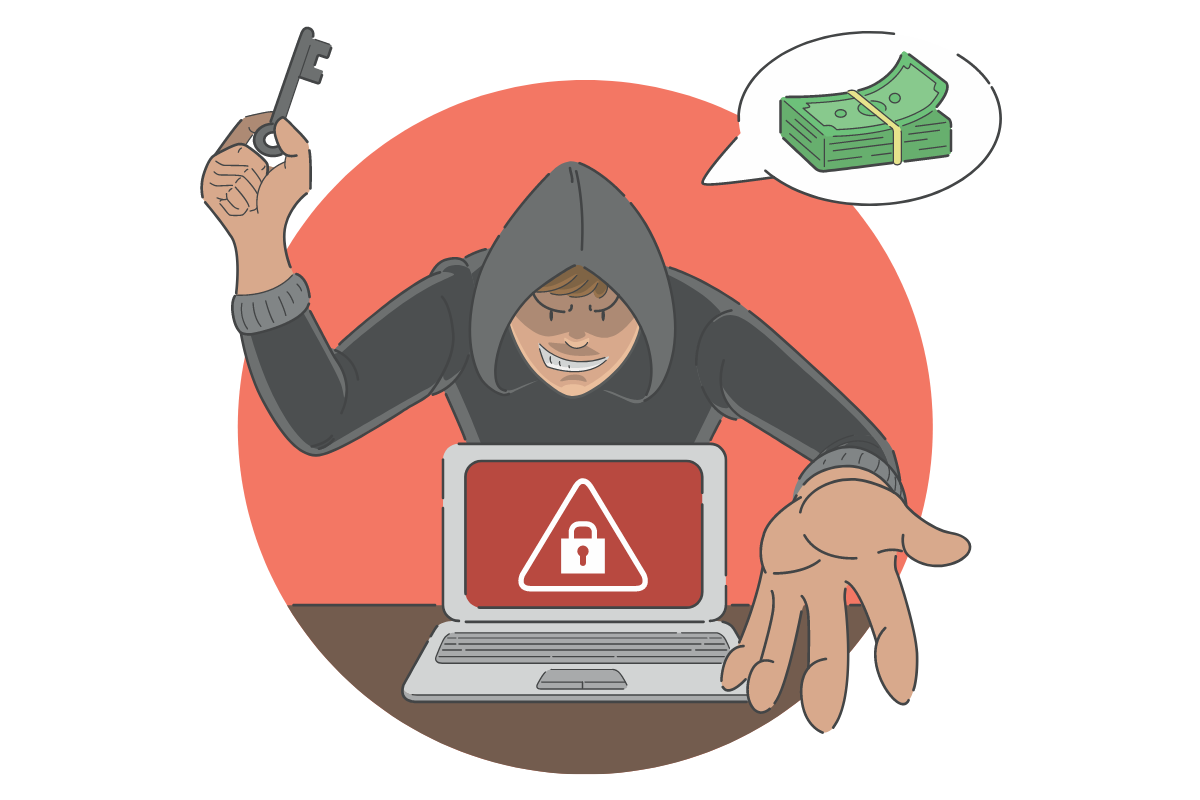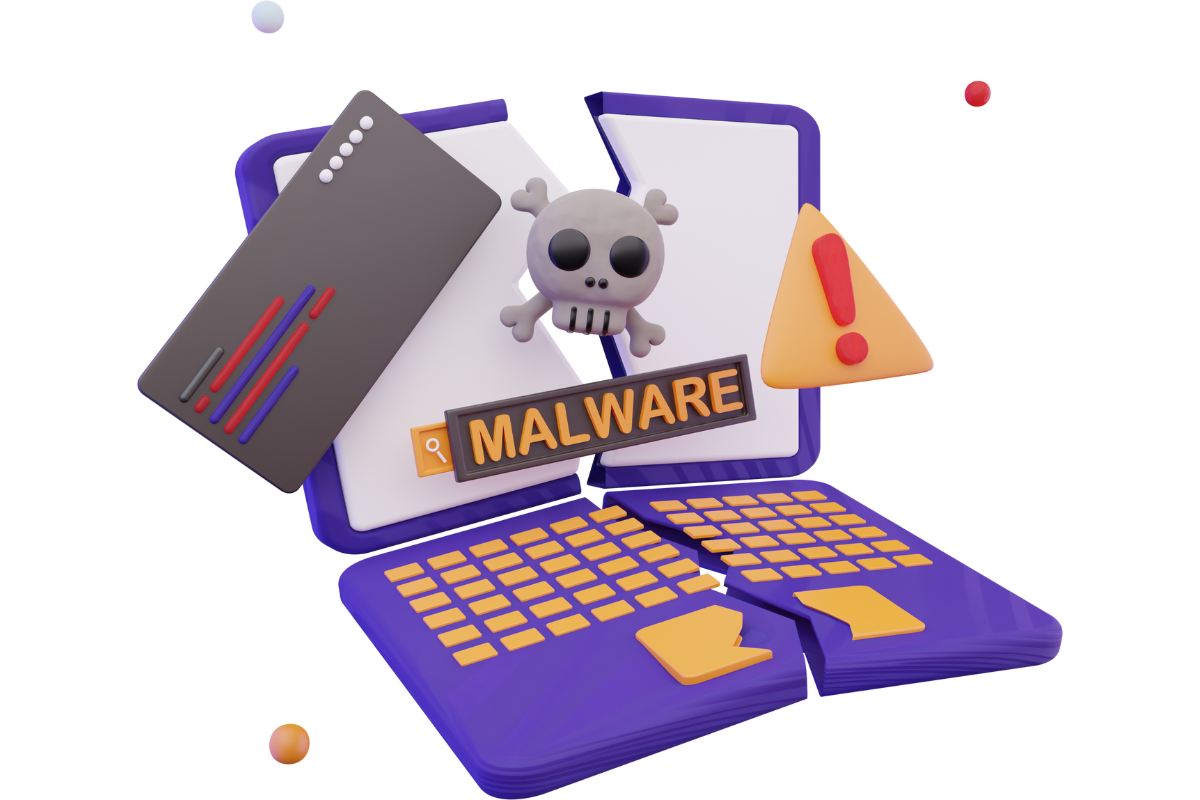Phishing is the use of digital communications to trick people into revealing sensitive data or deploying malicious software.






Social Engineering is a manipulation technique that exploits human error to gain private information, access, or valuables. Human error is usually a result of trusting someone without question.